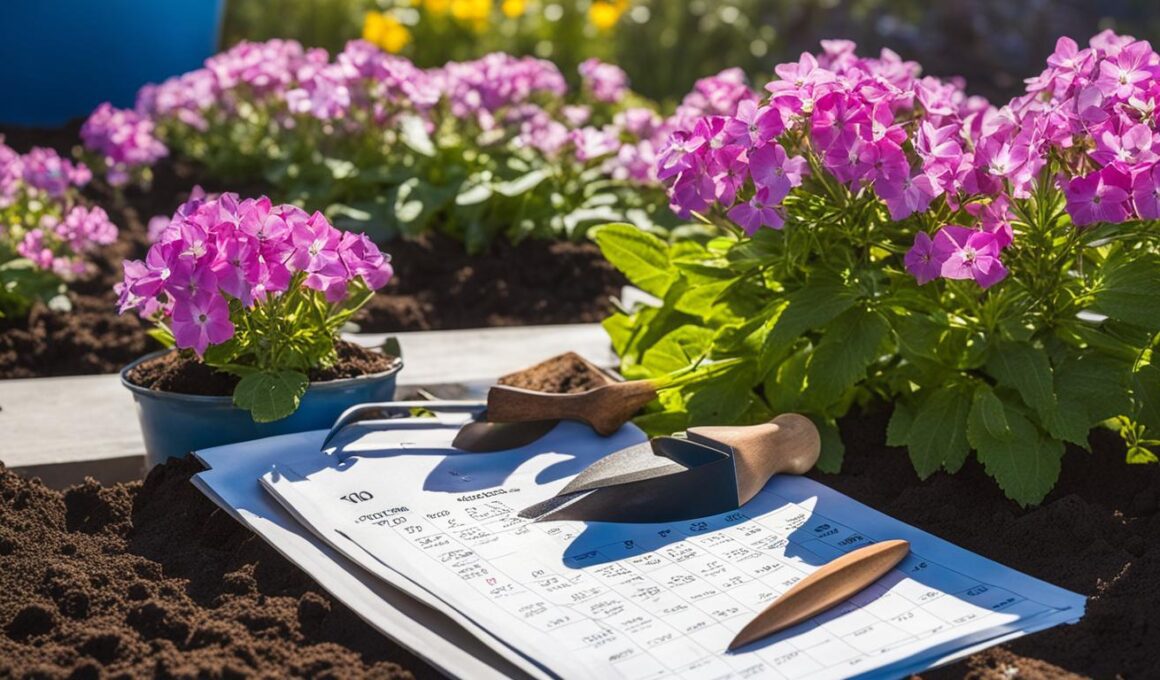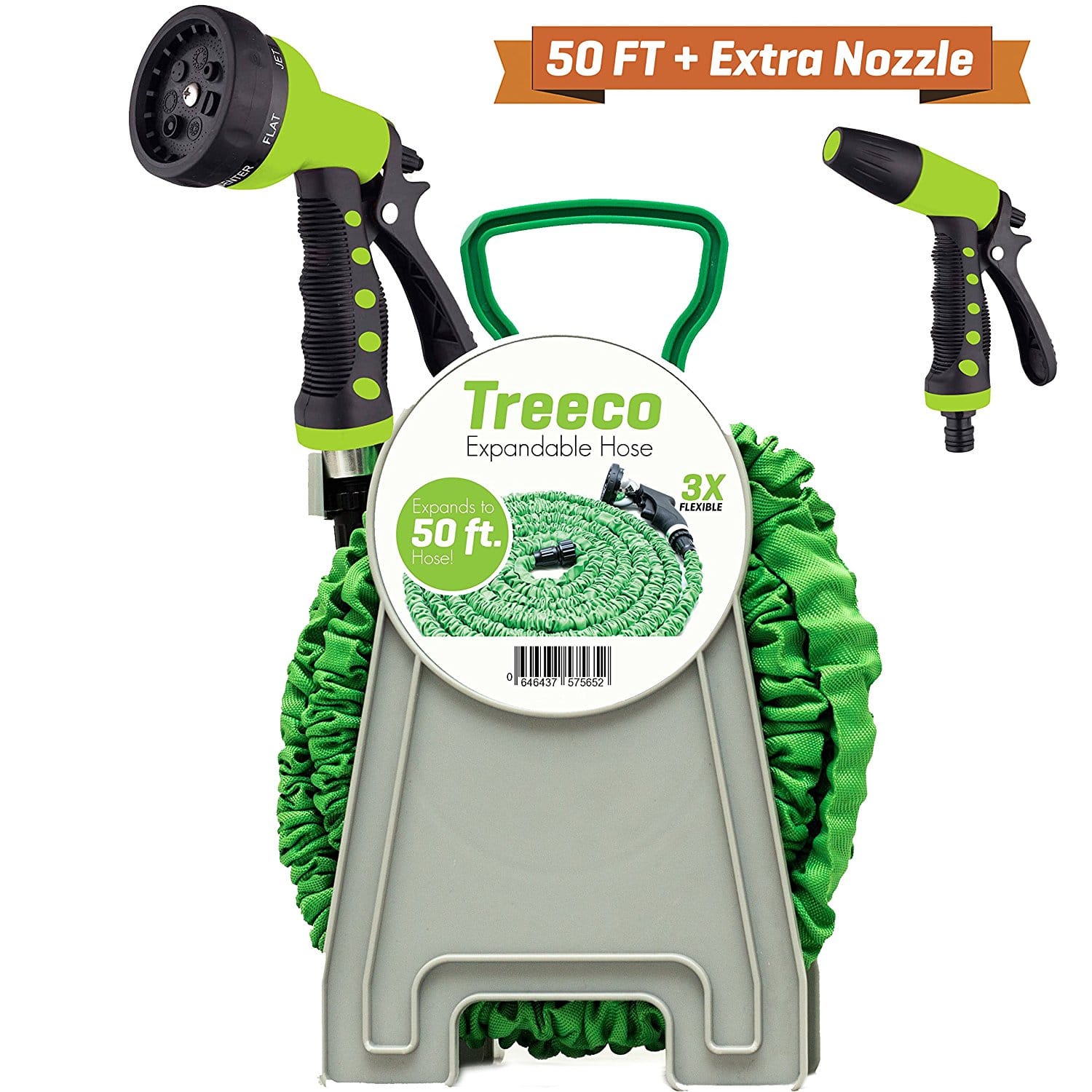Discovering the ideal time to plant creeping phlox is key to ensuring the success of this stunning perennial in your garden. Creeping phlox, scientifically known as Phlox stolonifera, is a native North American plant prized for its carpet-like growth and ability to fill empty spaces with bursts of color.
So, when is the best time to plant creeping phlox? It’s recommended to plant this resilient plant in the spring, after the threat of frost has passed. This allows the phlox to establish its roots and prepare for the growing season ahead. Alternatively, you can also plant creeping phlox in the fall, at least a month before the first frost. By giving the plant enough time to settle in before the harsh conditions of winter or summer, you’ll set it up for success.
Planting creeping phlox at the right time allows it to thrive and produce an abundance of colorful blooms during the appropriate season. Whether you choose to plant in spring or fall, providing the ideal conditions for your creeping phlox will ensure a stunning display in your garden.
How to Care for Creeping Phlox
Creeping phlox care involves providing the right conditions for the plant to thrive. Creeping phlox thrives in full sunlight, although it can tolerate partial shade. It is important to provide at least six hours of direct sunlight daily to encourage healthy growth and vibrant blossoms.
The plant prefers well-draining soil with a slightly acidic to neutral pH level. Before planting, enrich the soil with organic matter such as compost or peat moss to improve fertility and drainage.
Watering is essential for the health of creeping phlox. It requires regular watering to establish a healthy root system but should not be overwatered to avoid root rot.
Additionally, temperature and humidity do not pose significant challenges for creeping phlox, as it can tolerate a range of climates.
Fertilizing the plant with a balanced slow-release fertilizer in early spring or organic options like compost or well-rotted manure can help promote growth and flowering.
- Light requirements: Creeping phlox thrives in full sunlight but can tolerate partial shade.
- Soil type: Well-draining soil with a slightly acidic to neutral pH is ideal for creeping phlox. Enrich the soil with organic matter prior to planting.
- Watering: Regular watering is essential for establishing a healthy root system, but avoid overwatering to prevent root rot.
- Temperature and humidity: Creeping phlox can tolerate a range of climates, making temperature and humidity less of a concern.
- Fertilizer: Use a balanced slow-release fertilizer in early spring or organic options like compost or well-rotted manure to promote growth and flowering.
Can I Plant Creeping Phlox and Care for Peony Bushes at the Same Time?
Yes, you can plant creeping phlox and care for peony bushes at the same time. Creeping phlox is a low-maintenance ground cover that thrives in similar conditions to peonies. Both plants enjoy full sun and well-drained soil. Be sure to avoid overwatering and provide proper caring for peony bush to promote healthy growth.
Types of Creeping Phlox
Creeping phlox is a versatile plant that offers a variety of types, each with its own unique characteristics. One such type is garden phlox (Phlox paniculata), renowned for its towering height and stunning clusters of flowers. Available in shades of pink, purple, blue, and white, garden phlox is often used as a captivating centerpiece or backdrop in perennial flower beds.
If you’re looking for a low-growing option, moss pinks (Phlox subulata) are an excellent choice. These varieties form a dense mat of evergreen foliage and produce vibrant blossoms in shades of pink, purple, or white. Perfect for rock gardens, slopes, or as ground cover in sunny areas, moss pinks add a burst of color and texture to any landscape.
For those who prefer annual plants, annual phlox (Phlox drummondii) is a wonderful option. While it has a shorter lifespan, this variety compensates with its captivating blooms in shades of red, pink, purple, and white. Ideal for borders, containers, or mixed flower beds, annual phlox brings a touch of wild beauty wherever it is planted.
By exploring the different types of creeping phlox, such as garden phlox, moss pinks, and annual phlox, you can select the perfect fit for your garden and indulge in the sheer beauty and versatility of these delightful plants.









